Amazing Companion Plants For Petunias That Will
Amazing Companion Plants for Petunias That Will Beautify Your Garden
Petunias are one of the most popular annual flowers in the world. They are known for their colorful blooms, long flowering season, and easy care. If you are looking to add some petunias to your garden, you may be wondering what companion plants would work well with them.
In this blog post, we will discuss some of the best companion plants for petunias. We will also discuss the benefits of companion planting and how to choose the right plants for your garden.
What are Companion Plants?
Companion planting is a gardening technique that involves planting different types of plants together in order to benefit each other. Some companion plants attract beneficial insects, while others help to repel pests. Some companion plants can also help to improve the soil quality or provide shade for other plants.
There are many different benefits to companion planting. Some of the most common benefits include:
- Increased pollination: Some companion plants attract beneficial insects, such as bees and butterflies, which help to pollinate other plants in the garden.
- Reduced pest pressure: Some companion plants help to repel pests, such as aphids, spider mites, and whiteflies.
- Improved soil quality: Some companion plants, such as legumes, can fix nitrogen in the soil, which can benefit other plants.
- Increased shade: Some companion plants, such as taller shrubs or trees, can provide shade for other plants, which can be helpful in hot climates.
Choosing Companion Plants for Petunias
When choosing companion plants for petunias, it is important to consider the following factors:
- Sunlight requirements: Petunias need full sun, so it is important to choose companion plants that also need full sun.
- Water requirements: Petunias need regular watering, so it is important to choose companion plants that have similar water requirements.
- Soil type: Petunias prefer well-drained soil, so it is important to choose companion plants that also prefer well-drained soil.
- Height: Petunias come in a variety of heights, so it is important to choose companion plants that will complement their height.
- Color: Petunias come in a variety of colors, so you can choose companion plants that will complement their color scheme.
Some of the Best Companion Plants for Petunias
Here are some of the best companion plants for petunias:
- Salvia: Salvia is a drought-tolerant plant that attracts beneficial insects. It comes in a variety of colors, so you can choose one that will complement your petunias.
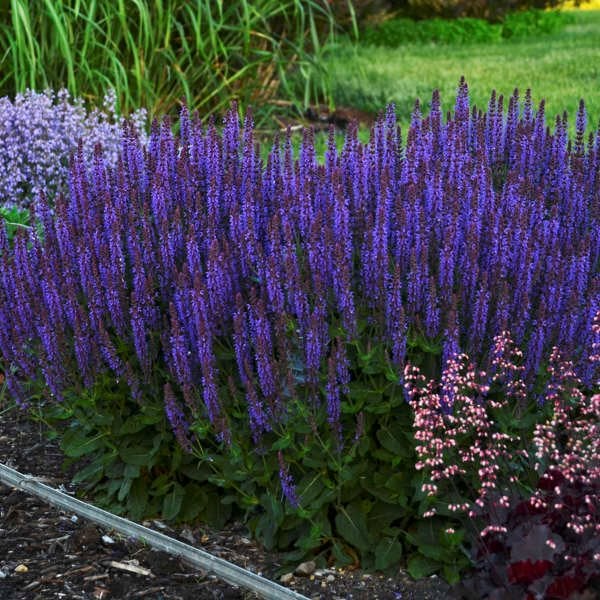
- Snapdragons: Snapdragons are another insect-attracting plant that comes in a variety of colors. They are also relatively tall, so they can help to add height to your garden.
- Lantana: Lantana is a tropical plant that is known for its colorful blooms. It is also a good choice for attracting beneficial insects.
- African daisy: African daisies are low-maintenance plants that come in a variety of colors. They are also relatively drought-tolerant, so they can help to reduce your watering needs.
- Guara: Guara is a trailing plant that can be used to add interest to hanging baskets or borders. It comes in a variety of colors, including white, pink, and purple.
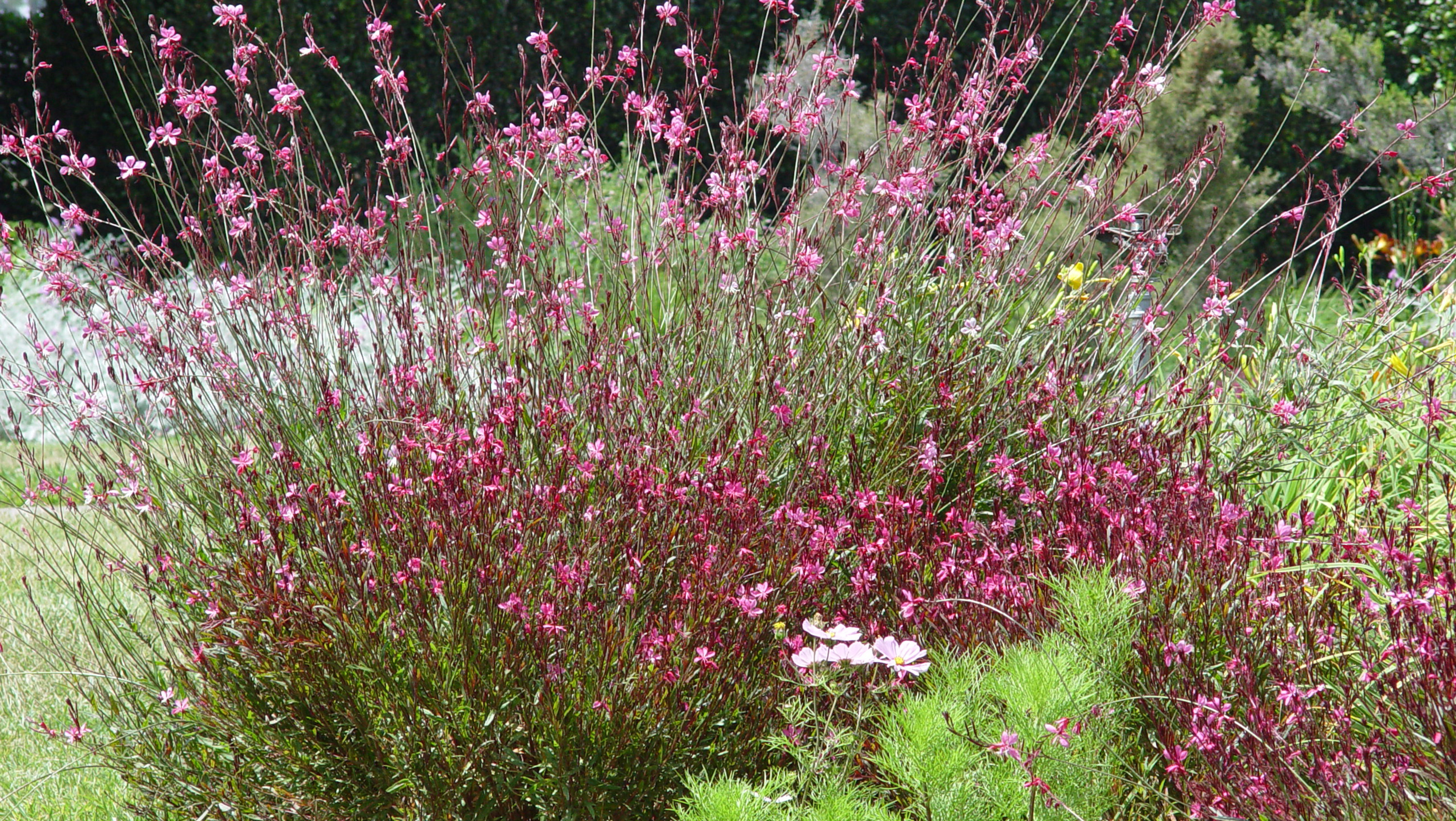
- Asters: Asters are a late-blooming plant that comes in a variety of colors. They are also relatively drought-tolerant, so they can help to reduce your watering needs.
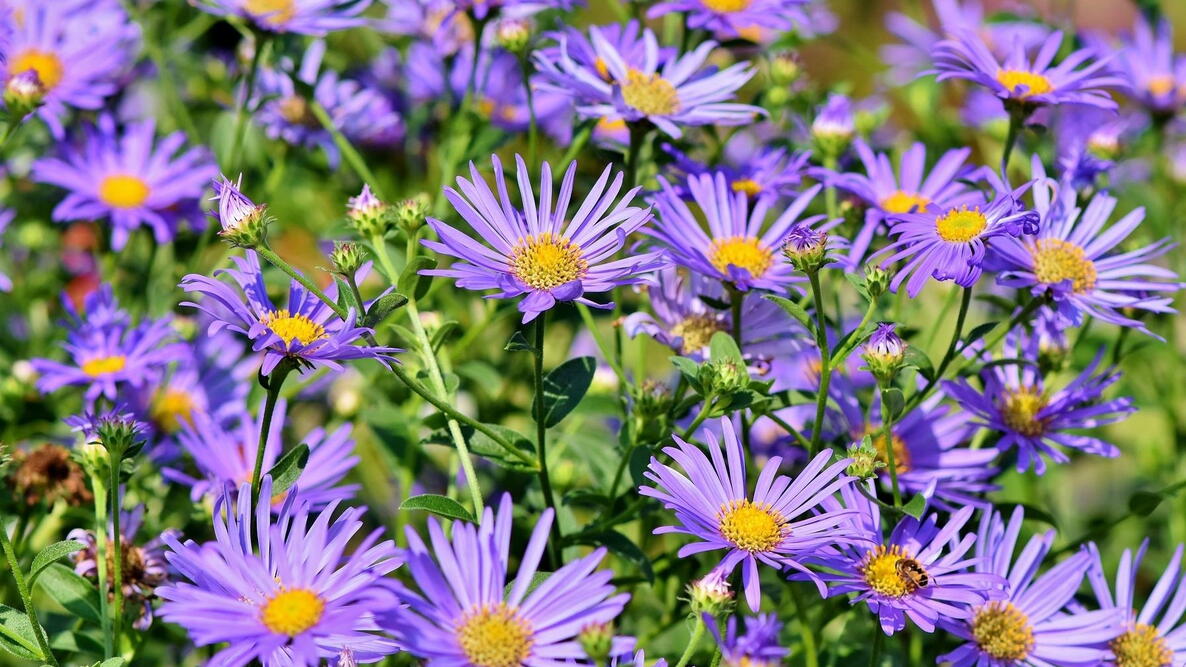
- Candytuft: Candytuft is a low-growing plant that comes in a variety of colors. It is also relatively cold-tolerant, so it can be used in gardens in colder climates.
- Lobelia: Lobelia is a low-growing plant that is known for its blue or purple blooms. It is also a good choice for attracting beneficial insects.
Conclusion
Petunias are a beautiful and easy-care flower that can add color and life to any garden. By companion planting with other plants, you can help to increase pollination, reduce pest pressure, and improve soil quality. When choosing companion plants for petunias, it is important to consider the sunlight, water, and soil requirements of both plants. With a little planning, you can create a beautiful and harmonious garden that will thrive for years to come.
Petunias are a popular choice for gardens and containers because they are easy to care for and produce beautiful blooms all summer long. But did you know that there are certain companion plants that can help your petunias thrive?
Companion planting is the practice of planting certain plants together for their beneficial effects on each other. Some companion plants for petunias include:
- Salvia: Salvia is a flowering plant that attracts pollinators, which can help to increase the number of blooms on your petunias.
- Snapdragons: Snapdragons are another flowering plant that attracts pollinators. They also have similar water and sunlight requirements as petunias, so they can be planted together in the same garden bed or container.
- Lantana: Lantana is a tropical plant that can add a splash of color to your garden. It is also drought-tolerant, so it can help to keep your petunias from getting too dry.
- African daisy: African daisies are another drought-tolerant plant that can add a pop of color to your garden. They also attract pollinators, which can help to increase the number of blooms on your petunias.
If you are looking for more information about companion plants for petunias, I recommend visiting Gardenia Inspiration. This website has a wealth of information on companion planting, including a list of specific plants that can be planted with petunias.
FAQ of companion plants for petunias
- What are companion plants?
Companion plants are plants that are grown together in order to benefit each other. They can be chosen to complement each other's appearance, to deter pests and diseases, or to improve the overall health and productivity of the plants.
- What are some good companion plants for petunias?
Some good companion plants for petunias include:
- Salvia: Salvia is a tall, upright plant that can help to provide structure and support for petunias. It also attracts pollinators, which can help to improve the pollination of petunias.

- Snapdragons: Snapdragons are another tall plant that can provide structure and support for petunias. They also have similar growing requirements, so they are a good choice for companion planting.
- Lantana: Lantana is a bushy plant that can help to fill in empty spaces in a garden bed. It also attracts pollinators and deters pests, making it a good choice for companion planting with petunias.
- African daisy: African daisy is a low-growing plant that can help to add color and texture to a garden bed. It also has similar growing requirements to petunias, so it is a good choice for companion planting.
- Strawberries: Strawberries and petunias can be planted together in a garden bed. The petunias will help to attract pollinators, which are essential for the pollination of strawberries. The strawberries will also help to shade the petunias' roots, which can help to prevent them from drying out.
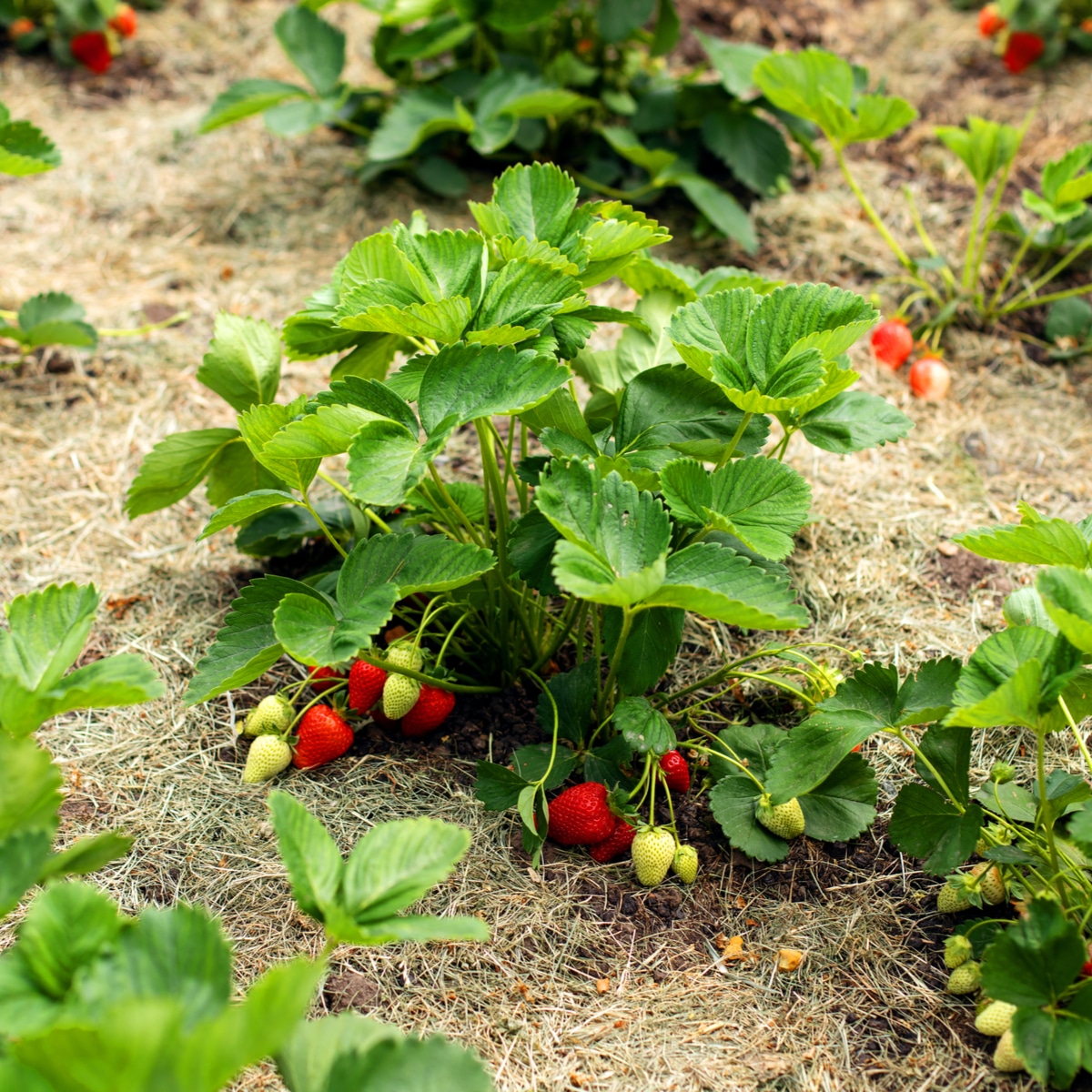
- What are the benefits of companion planting?
There are many benefits to companion planting, including:
- Increased pollination: Companion plants can attract pollinators, which are essential for the pollination of many plants. This can lead to increased fruit and vegetable production.
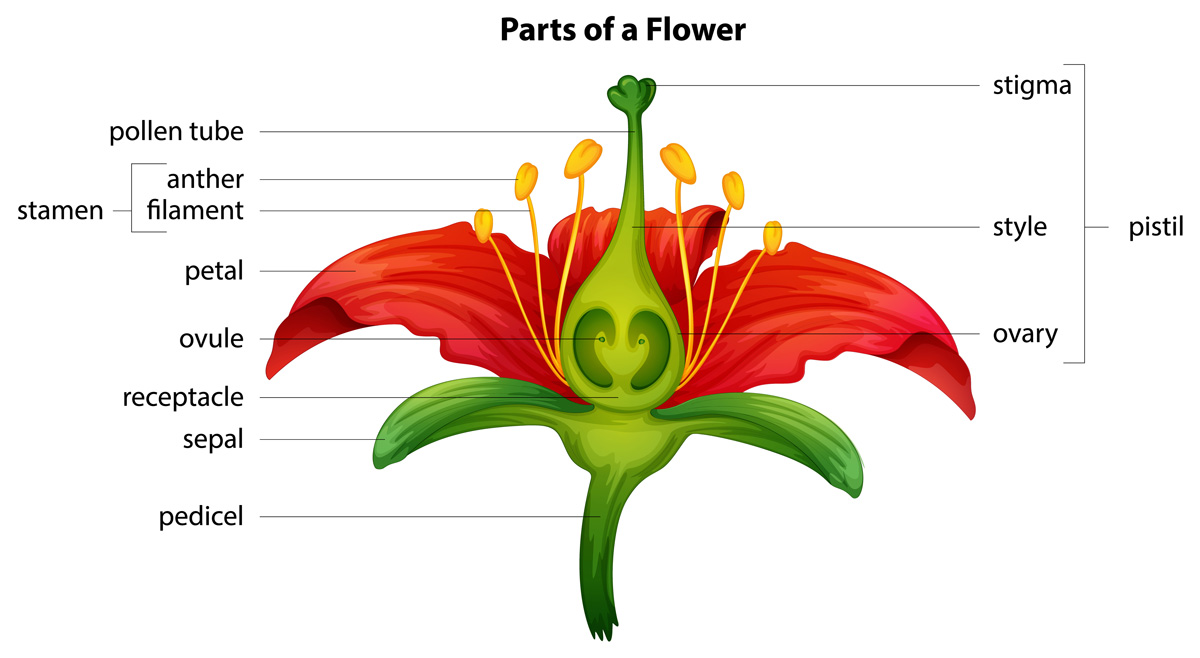
- Reduced pest and disease pressure: Companion plants can help to deter pests and diseases. For example, marigolds are often planted near tomatoes to help deter nematodes.

- Improved soil health: Companion plants can help to improve soil health by adding nutrients, suppressing weeds, and increasing water retention.
- Enhanced aesthetics: Companion plants can be chosen to complement each other's appearance, creating a more visually appealing garden.
- How do I choose companion plants for petunias?
When choosing companion plants for petunias, it is important to consider the following factors:
- Plant height: Companion plants should be chosen so that they complement each other's height. For example, tall plants can be planted behind shorter plants to provide structure and support.
- Plant spacing: Companion plants should be spaced so that they have enough room to grow. It is important to check the mature size of each plant before planting them together.
- Plant needs: Companion plants should have similar growing needs, such as sun exposure, water requirements, and soil type.
- Plant appearance: Companion plants can be chosen to complement each other's appearance. For example, if you have petunias with bright colors, you might want to choose companion plants with more muted colors.
- How do I plant companion plants with petunias?
When planting companion plants with petunias, it is important to follow these steps:
- Prepare the soil by tilling it and adding compost or other organic matter.
- Plant the petunias and companion plants according to their mature size.
- Water the plants well.
- Mulch around the plants to help retain moisture and suppress weeds.
- Monitor the plants and adjust the watering and fertilizing as needed.

Post a Comment for " Amazing Companion Plants For Petunias That Will"